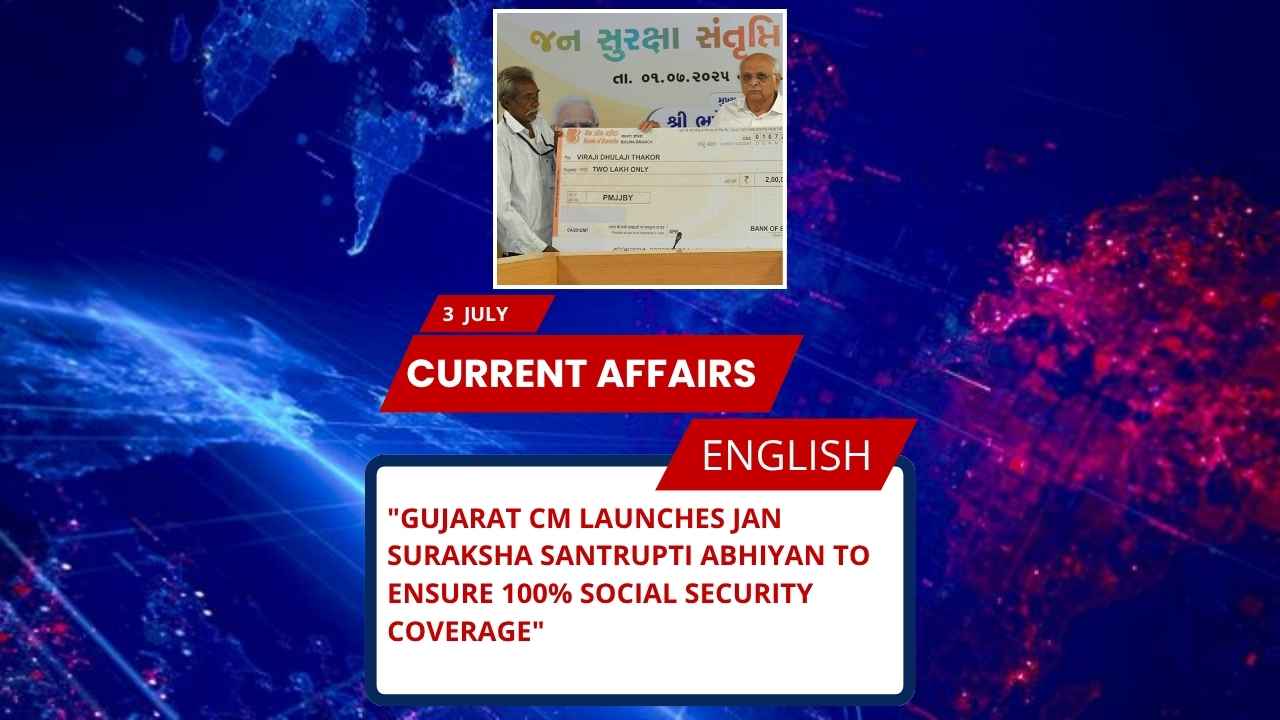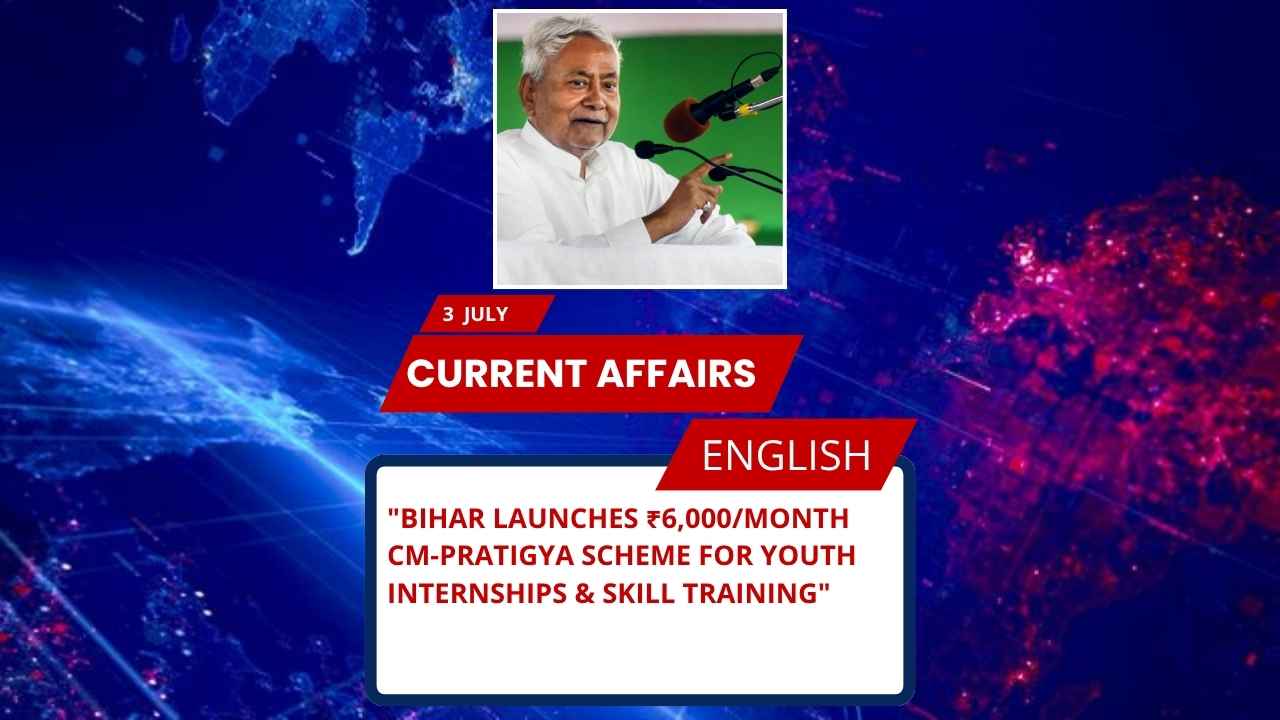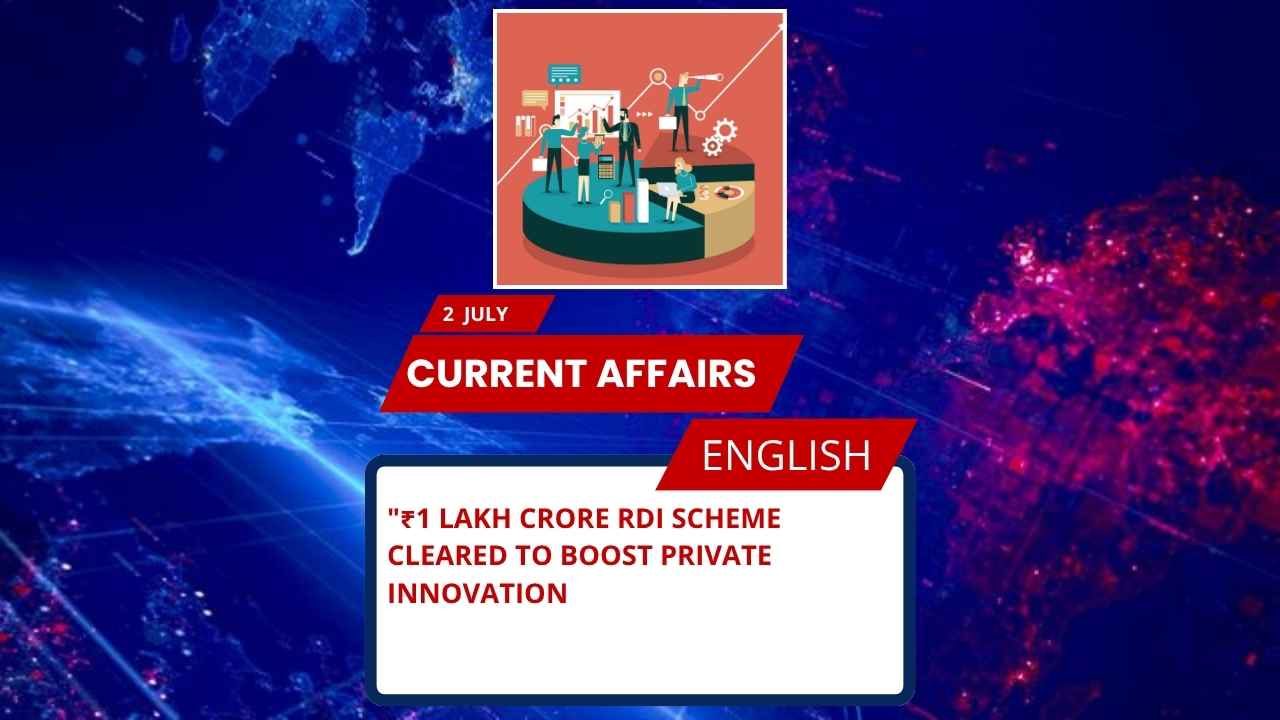
Key Points for SSC/UPSC & Other Govt Exams
- Astronaut Shubhanshu Shukla becomes the first Indian to set foot on the International Space Station (ISS).
- Mission: Axiom-4 (Ax-4), a commercial spaceflight by Axiom Space (USA).
- Lift-off: June 26, 2025, from Kennedy Space Center, Florida.
- Group Captain Shukla is the second Indian in space after Rakesh Sharma (1984).
- Collaboration between: NASA, ISRO, ESA, SpaceX.
- ISRO paid ₹5 billion (approx. $59 million) for Shukla’s training and mission seat.
- Mission objective: 60 scientific experiments, 7 by ISRO.
- Duration of stay on ISS: 2 weeks.
- Vehicle name: “Grace”, symbolising harmony and goodwill.
- Toy swan “Joy” travelled as a zero-gravity indicator.
Complete Details of the Mission
Historic Achievement by Group Captain Shubhanshu Shukla
India entered a new chapter in space history as Group Captain Shubhanshu Shukla became the first Indian astronaut to step inside the International Space Station (ISS). Part of the private commercial mission Axiom-4 (Ax-4), he launched aboard a SpaceX craft from the Kennedy Space Center in Florida on June 26, 2025, and docked at the ISS on June 27.
Shukla is the second Indian to travel into space, following Rakesh Sharma, who flew aboard the Soviet Soyuz in 1984. However, unlike Sharma, Shukla is the first to reach the ISS, marking a huge milestone for India’s space ambitions.
About the Axiom-4 (Ax-4) Mission
- Mission Type: Commercial human spaceflight
- Operator: Axiom Space (USA)
- Launch Date: June 26, 2025 (IST)
- Docking Date with ISS: June 27, 2025
- Crew:
- Commander: Peggy Whitson (NASA veteran)
- Pilot: Group Captain Shubhanshu Shukla (India)
- Slawosz Uznanski-Wisniewski (Poland)
- Tibor Kapu (Hungary)
The vehicle was named “Grace” and was described as symbolising the “elegance of science, goodwill, and spiritual harmony”.
ISRO’s Role and India’s Space Ambitions
ISRO (Indian Space Research Organisation) played a crucial role by funding ₹5 billion for training and mission participation. Seven experiments on board were developed by Indian scientists.
This mission provides crucial hands-on spaceflight experience ahead of India’s own manned mission, Gaganyaan, expected in 2027. India also aims to build a space station by 2035 and send astronauts to the Moon by 2040.
Symbolism: Grace and Joy
A small white toy swan named “Joy” floated beside the astronauts as a zero-gravity indicator. Group Captain Shukla described Joy as representing the “wisdom to discern what is important”, underlining the deeper philosophical and scientific purpose of the mission.
Group Captain Shukla’s Reflections
In a live message from space, Shukla exclaimed:
“What a ride! It’s been an amazing feeling to float in space… I’m learning like a baby—how to walk, eat, and read again.”
He also noted feeling unwell at first but later adjusted well, even laughing about sleeping through most of the journey.
Facts About Involved Organizations & Countries (For Exams)
India (ISRO)
- Capital: New Delhi
- Prime Minister: Narendra Modi
- ISRO HQ: Bengaluru
- Major Missions: Chandrayaan, Mangalyaan, Gaganyaan (upcoming)
- Key Rivers: Ganga, Yamuna, Brahmaputra
- Major Parks: Jim Corbett, Kaziranga, Gir
USA (NASA)
- Space Agency: NASA
- Launch Site: Kennedy Space Center, Florida
- Major Missions: Artemis, Apollo, Mars Rover Missions
ESA (European Space Agency)
- Member Countries: Includes Germany, France, Italy, Poland, etc.
- HQ: Paris, France
- Key Programmes: Copernicus, Galileo, ExoMars
SpaceX
- CEO: Elon Musk
- Famous Rockets: Falcon 9, Starship
- Partnership: Supplies ISS via Crew Dragon
Exam-Oriented MCQs
Q1. Who became the first Indian to set foot on the International Space Station?
a) Kalpana Chawla
b) Rakesh Sharma
c) Shubhanshu Shukla
d) Sunita Williams
Answer: c) Shubhanshu Shukla
Q2. What was the name of the spaceflight mission that carried Group Captain Shukla to the ISS?
a) Artemis-II
b) Axiom-4
c) Gaganyaan-1
d) Soyuz-T13
Answer: b) Axiom-4
Q3. What symbolic object did Ax-4 crew carry to indicate zero-gravity?
a) Toy tiger
b) Toy eagle
c) Toy swan
d) Miniature satellite
Answer: c) Toy swan
Q4. What amount did ISRO pay for the training and seat of Group Captain Shukla?
a) ₹10 billion
b) ₹1 billion
c) ₹5 billion
d) ₹3 billion
Answer: c) ₹5 billion
Q5. Which organisation collaborated with ISRO for Ax-4 mission?
a) ESA
b) NASA
c) SpaceX
d) All of the above
Answer: d) All of the above
UPSC-Style FAQs with Model Answers
Q1. What is the strategic significance of Group Captain Shubhanshu Shukla’s visit to the ISS for India?
Answer:
Shukla’s mission to the ISS marks India’s entry into manned low-earth orbit missions in collaboration with global space agencies. It offers ISRO critical experiential insights into life-support systems, space medicine, zero-gravity adaptation, and international crew coordination. These learnings will be foundational for India’s Gaganyaan mission, expected in 2027, and future goals including establishing an indigenous space station and Moon missions.
Q2. How does international collaboration in missions like Ax-4 align with India’s space diplomacy?
Answer:
India’s participation in Axiom-4 alongside NASA, ESA, and SpaceX reflects its evolving space diplomacy where technological exchange, joint missions, and knowledge sharing enhance its global standing. This fosters scientific cooperation, strategic partnerships, and supports India’s aspirations to be a leading space power, aligning with soft-power goals under initiatives like Science Diplomacy and Act East Policy.
Q3. Compare the Axiom-4 mission with India’s upcoming Gaganyaan mission.
Answer:
While Axiom-4 is a private international mission involving a mix of nations and agencies, Gaganyaan will be India’s first independent manned mission. Ax-4 provided observational experience to India through ISRO’s collaboration, whereas Gaganyaan will test India’s own launch vehicle, life support, and re-entry capabilities. Lessons from Ax-4 will directly influence the training and protocols of Gaganyaan.
Q4. Why is sending astronauts to ISS significant for developing nations like India?
Answer:
Participation in ISS missions provides access to advanced space technologies, life sciences research in microgravity, and exposure to international protocols. For developing countries, this translates into accelerated capacity-building, global recognition, and the inspiration of a new generation of scientists. It bridges the knowledge gap while preparing domestic agencies for ambitious national missions.
Q5. What are the implications of private companies like Axiom Space in human spaceflight programs?
Answer:
Private firms like Axiom democratize access to space by offering nations and individuals opportunities to conduct research, build crew experience, and engage in space exploration without owning complete launch infrastructure. It fosters a commercial space economy, accelerates innovation, reduces costs, and allows space agencies to focus on advanced scientific missions while outsourcing low-earth orbit operations.







